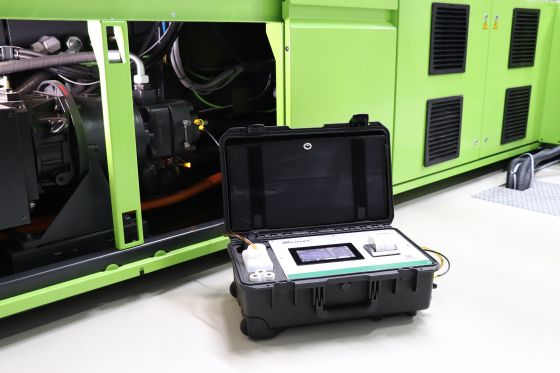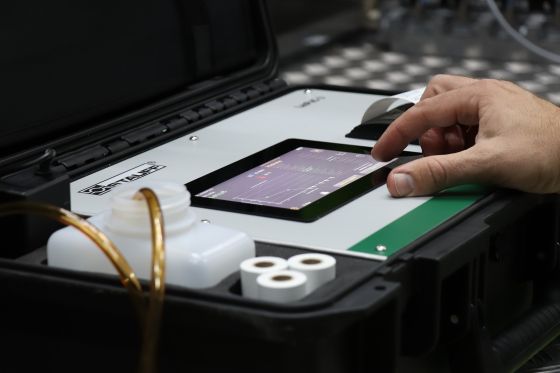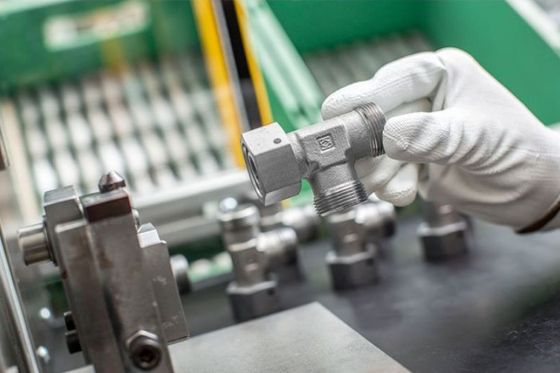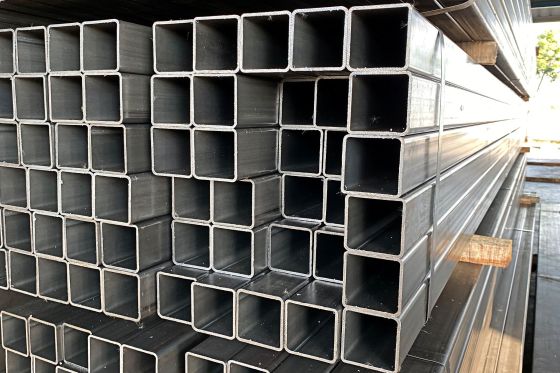Introduction: What is a particle counter?
A particle counter is a device used to measure the number and size of particles in liquids. Particularly in hydraulic systems, monitoring particle contamination plays a crucial role, as particles in hydraulic fluids can impair system performance and cause significant damage. Particle counters enable monitoring the purity of liquids and reacting promptly before contamination leads to failures or costly repairs.
At STAUFF, you will find various particle counters to meet different requirements. For more information and advice, please contact us.
Why particle counting is so important in hydraulic systems
The hydraulic fluid in a system serves as the medium for power transmission and flows through all hydraulic components, including pumps, valves, and lines. However, an excessive number of particles in this fluid can significantly disrupt operation. Even tiny contaminants like dust, rust, or metal debris can lead to:
Wear of seals, pumps, and valves,
Performance degradation and reduced system efficiency,
System failures and costly repairs.
Particle counters help monitor and analyze the contamination level of the fluid, contributing to preventive maintenance and extending the lifespan of the entire system.
How does particle counting work?
Particle counters generally operate based on optical measurement methods, where light from a light source is sent through the liquid. Our particle counters work with the light-blockage principle. This means: When light hits particles, the device detects the shadow cast by individual particles using a sensor cell.
Various standards classify particle sizes and concentrations, including ISO 4406, NAS 1638, and SAE AS 4059, which are widely used in the hydraulic industry. A particle counter provides the concentration within a specific size range, allowing the evaluation of fluid properties and the necessity for filtration.
The impact of particle contamination on hydraulic systems
A hydraulic system only operates reliably when the fluid is clean. Excessive particle contamination has various negative effects:
Component wear: When particles get between moving parts like pumps, valves, or pistons, they increase abrasion and can significantly shorten the lifespan of these parts.
Filter stress: Some contamination of hydraulic oil is unavoidable. However, if the load is too high, filters must also be replaced more frequently. Particle measurement helps establish or optimize an appropriate filtration concept.
By regularly monitoring particle concentration, the fluid can be replaced or filtered in time before major damage occurs.
Key benefits of particle measurement
Particle measurement offers numerous benefits, especially for maintaining hydraulic systems:
Early problem detection: Regular measurement helps identify contamination early and take preventive measures before damage occurs.
Longer component lifespan: Reducing particle contamination decreases wear on components, extending the system's lifespan.
Cost reduction: Using a particle counter can prevent unnecessary repairs and component replacements, leading to significant long-term savings.
Compliance with quality standards: Particle measurement ensures compliance with international standards such as ISO 4406 and NAS 1638, which is particularly important for quality assurance and meeting industry requirements.
LasPaC-3-P
The LasPaC-3-P is the latest addition to the STAUFF Diagtronics family. It impresses with its robust and mobile design, fast measurement, and a wide range of options for measuring fluids.
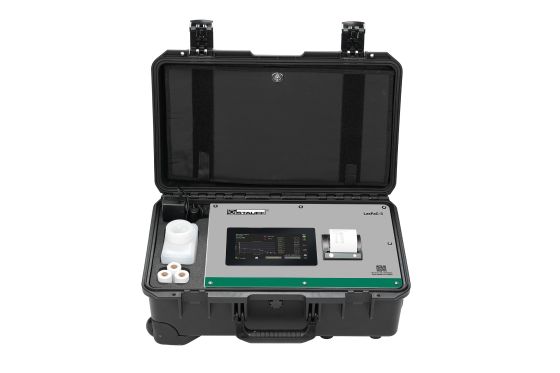
FAQ
What fluids can a particle counter measure?
Particle counters are typically suitable for hydraulic fluids such as mineral oils, phosphate esters (e.g., Skydrol®), or water-glycol mixtures. Depending on the model, they may also measure other fluids.
How often should a particle counter be used?
The frequency of measurements depends on the operation and environment of the hydraulic system. Generally, regular measurement every few months or after specific operating hours is recommended, especially in critical systems.
Can particle counters also be used in mobile applications?
Yes, many modern particle counters are portable and can be used directly on site, allowing quick and easy analysis without having to take the system out of service.
What influence does contamination analysis have on filtration?
The contamination analysis makes it possible to customise the individual filtration concept for a hydraulic concept in terms of filter type, number of filters, filter positioning, filter fineness and filter element replacement intervals. This ensures that filters are used sensibly and that the system is burdened as little as possible.
Why is particle counting so important for the maintenance of hydraulic systems?
Particle counting makes it possible to accurately monitor the condition of the hydraulic oil and take preventive measures. It helps to avoid system failures and expensive repairs by enabling timely maintenance and oil care.

Newsletter subscription
Subscribe to the newsletter now and never miss new posts on the STAUFF blog again


